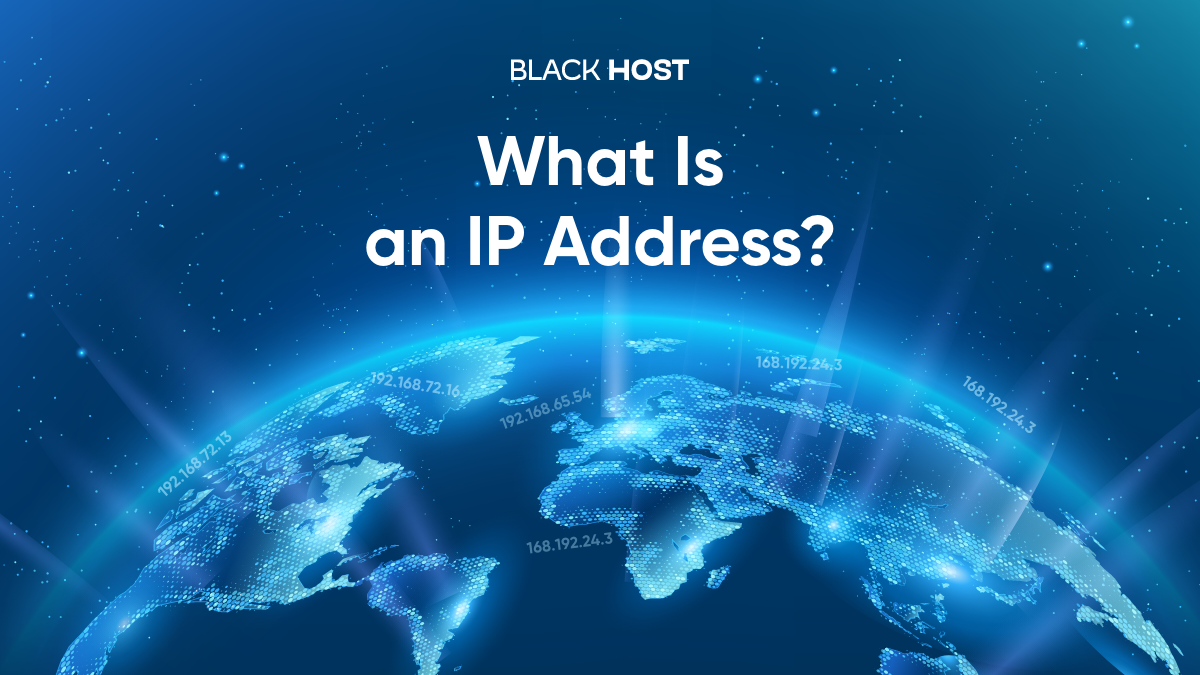
What Is An IP?
Every digital device that is connected to the internet or computer network has an IP address that is using for communication. IP stands for Internet Protocol and it’s a part of TCP/IP (Transmission Control Protocol / Internet Protocol). This address has two main functions: to identify the host or the network interface and to provide the location of the host in the network. In order to connect with each other, devices need a way to identify themselves. And with using an IP address the devices can easily send, receive and request pieces of information worldwide through the internet.
There are two versions of Internet Protocol addresses, that we’ll take a look at next.
IPv4 v.s IPv6
More than 20 years ago there was only one version of IP i.e. IPv4. This version defines an IP as a 32-bit number. But with IPv4 the number of possible addresses is limited at around 4.3 billion. For that time it was more than enough, but nowadays with all the countless devices around us, we need more. So a new version of IP was standardized in 1998. With this new version of IPv6, the possibility of addresses had increased for the new 340 undecillion addresses. That is 340 trillion trillion trillion new addresses. This is thanks to the fact that IPv6 addresses are 128-bit numbers. Although IPv4 is more widespread, the world is moving towards IPv6.
Internal v.s External IP
An IP address can be either internal or external.
An internal IP address is actually a local address that (usually) your router is assigning to any device connected to it.
An external IP is a unique public address that is assigned to you via your ISP (Internet Service Provider).
You get a unique IP address across all networks on the internet, while your device’s local IP is not unique. The same internal address can be used in two different networks.
How to Check Your External IP Address
You can easily check your IP with our free tool with one simple click. Or you can type in your browser “What is my IP address” and the first search result will be your public IP. Both methods give the result of your public IP that is given to you by your ISP, but not your local IP.
And your external IP address will probably change if you move, even if you do not change your ISP. This is due to the usage of separate cables and connection methods in different locations.
In the next part, you can read how you can find your local IP address.
How to Check Your Internal IP Address
Every device in your home or office that is connected to the internet gets different internal IP, regardless if they’re connected to the Wi-Fi or an Ethernet connection. This includes computers, smartphones, smart TVs, printers, and different IoT. Below you can see how to find your local IP on different OS:
- If you’re using macOS, click on the Apple logo (in the upper-left corner on your display) and go to System Preferences → Network. If you’re connected to a Wi-Fi or Ethernet (in the left-hand panel there should be a green dot next to your network connection), on the right will be displayed your internal IP along with your network connection.
- And, if you’re using Linux on a desktop environment, you can go to Settings and choose Network from your left-hand panel. Next, find your network connection on the right and click on the cogwheel ⚙️. And here you can see your IP and Mac address details.
- If you’re a Windows user, first select Settings from your Start menu, and go to Network & Internet. From the left-hand menu select Wi-Fi/Ethernet (depending on if your network connection is wired or wireless). And next, after selecting Advanced Settings, you can see your internal IP displayed under ‘IPv4 address‘.
Also, you can search for your internal IP on your terminal. On macOS, you can retrieve your internal address using the ifconfig command in your terminal, while on Linux using the ip addr command. And on Windows, you can type ipconfig in your command prompt.
On a Final Note
Finally, you might consider protecting your IPs, as they may reveal some private information about you, such as your current location. To do so, you can use a VPN (Virtual Private Server). A VPN can encrypt all your connections, and protect your data.
And if you need more than one IP address for your projects, you can choose between our Unmetered VPS Hosting or Dedicated Servers, and you’ll get additional IPs according to your needs.


